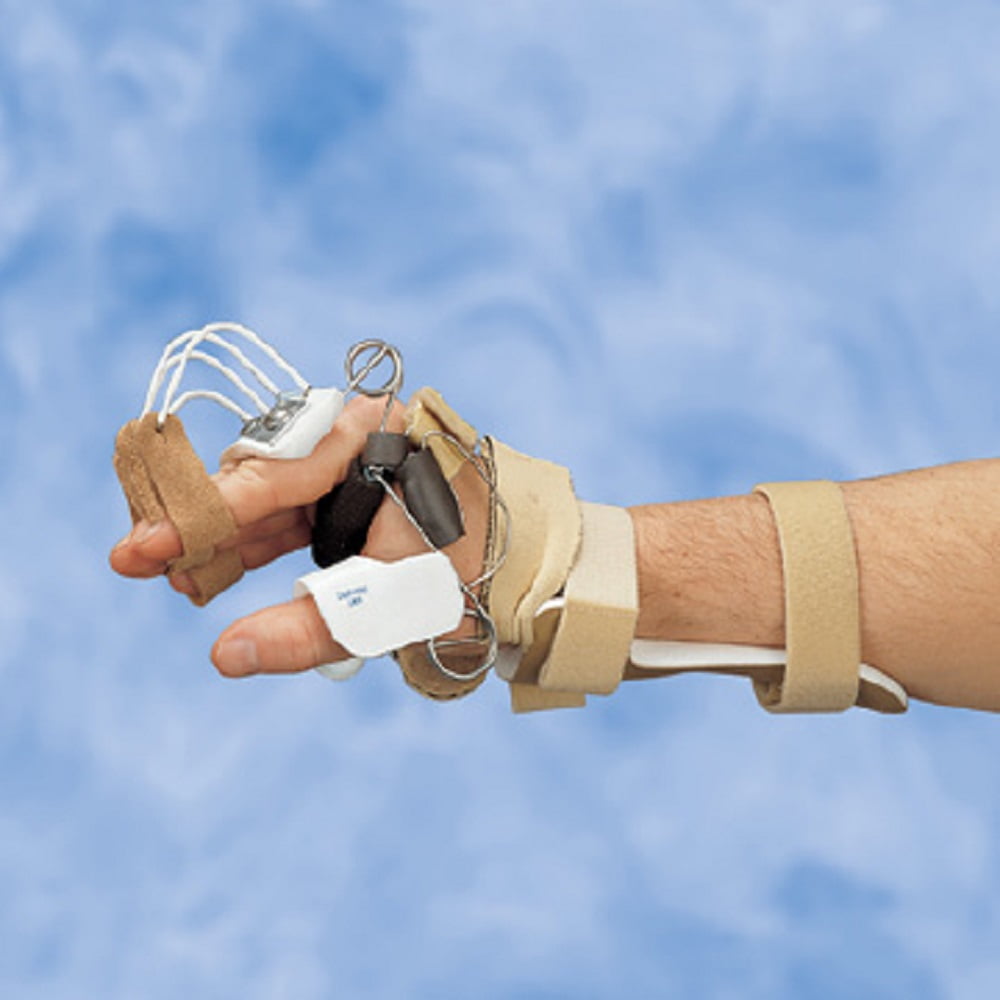

Finger abduction or "fanning" is innervated by the T1 nerve root via the ulnar nerve.Ĭ8 & T1- Thumb Opposition To complete the motor examination of the upper extremities, test the strength of the thumb opposition by telling the patient to touch the tip of their thumb to the tip of their pinky finger. Normally, one can resist the examiner from replacing the fingers. Instruct the patient to not allow the examiner to compress them back in. Finger flexion is innervated by the C8 nerve root via the median nerve.Ĭ8- Finger abduction & adduction Test the intrinsic hand muscles once again by having the patient abduct or "fan out" all of their fingers.

Compare the hands for strength asymmetry. This tests the forearm flexors and the intrinsic hand muscles.

Normally the examiner cannot remove their fingers. Test the patient's grip by having the patient hold the examiner's fingers in their fist tightly and instructing them not to let go while the examiner attempts to remove them. Look for intrinsic hand, thenar and hypothenar muscle wasting. Note any asymmetry in the other arm.Ĭ8- Finger Flexion Examine the patient's hands. Begin their extension from a fully flexed position because this part of the movement is most sensitive to a loss in strength. Repeat with the other arm.Ĭ7- Elbow extension & wrist flexion Ask the patient to extend their forearm against the examiner's resistance. Test the strength of wrist extension by asking the patient to extend their wrist while the examiner resists the movement. Compare the strength of each arm.Ĭ6- Elbow flexion & wrist extension Test the strength of lower arm flexion by holding the patient's wrist from above and instructing them to "flex their hand up to their shoulder". The muscle strength grading scale, which assigns a rating to the degree of muscle weakness, is often used.īegin by asking the client to perform a movement as per instructions and hold an isometric contraction against therapist resistance for a count of 5.Ĭ5- Shoulder abduction, Ask the patient to raise both their arms to the side of them simultaneously as strongly as then can while the examiner provides resistance to this movement. Results may indicate lesion to the spinal cord nerve root, or intervertebral disc herniation pressing on the spinal nerve roots. During myotome testing, you are looking for muscle weakness of a particular group of muscles. Testing of myotomes, in the form of isometric resisted muscle testing, gives information about the level in the spine where a lesion may be present.


 0 kommentar(er)
0 kommentar(er)
